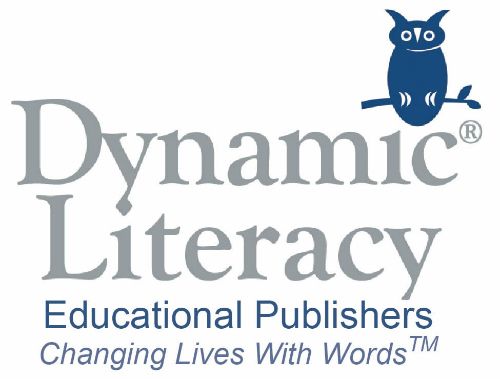
Dynamic Literacy is an educational publisher that creates curriculum to make learning vocabulary easy. They don't believe in remembering lists of vocabulary words to drill into your head. It simply doesn't work for most students. With WordBuild, students who have mastered phonics can take the next step of their literacy experience and learn the meaning behind the words. By knowing the meaning, students will better understand the words and be able to make connections.
WordBuild: Foundations, Level 1 is ideal for students in grades 3-5 (remedial 5-9) and comes with a Teacher's Guide, and two Student Activity Books (one is for Basics). They also have a similar curriculum available for older students in grades 5-10 (remedial 7-12), called WordBuild: Elements. And if you use technology, you may be interested in their WordBuild online program, which has interactive learning activities and games.

Students will focus on compound words first (with fun paper dice games!), then move on to prefixes and suffixes. They will use prefix or suffix squares, affix adders, magic squares, word searches, and comprehension boosters throughout the week to learn each individual prefix or suffix. At the end of each lesson there is a list of all the words that use that prefix or suffix.
We used the word lists on our word tree, using the prefix or suffix at the base of the tree, and adding the words that go with them to the tree as leaves. It's a custom piece that we made out of a large brown cardboard box and the leaves are made out of laminated green construction paper.
I mainly used this curriculum to learn about how to introduce prefixes and suffixes to children and incorporate these lessons into our homeschool. I like that the lessons are consistent and each type of lesson happens on the same day each week. I like that each particular prefix or suffix is studied in one-week, before moving on to the next. The transitions are gradual, but students can still work at their own pace. Students can create flash cards if they need to practice more beyond the lessons.
Be Social!
To read more reviews about Dynamic Literacy's curriculums, click the link below!



No comments:
Post a Comment